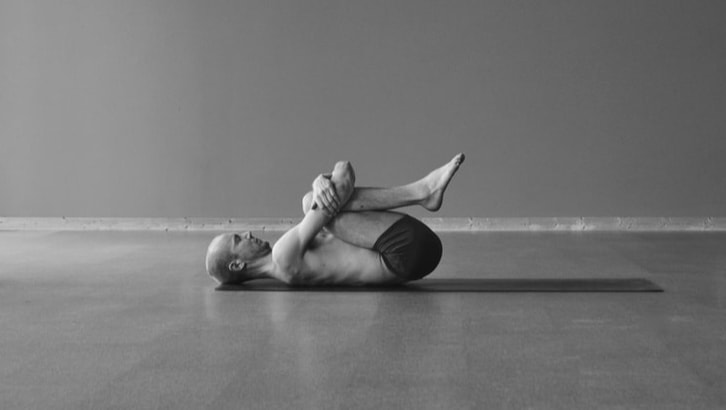|
When we recognize violence and suffering in the world, often our first response is, "How can I help?" What can I do to reduce the violence, to reduce the suffering?
It is easy to say that the world needs to change, or to try to affect change in the world. The problem with this attitude, from a yogic perspective, is that it externalizes. It has us imposing our will upon the world, usually at the expense of a clear view of ourselves. It is generally our most ingrained and obvious views that we seek to export to others. In the Yogasutras it is explained that, "When non-violence (ahimsa) is firmly established, hostility vanishes in the yogi's presence." (2.35) Only when we are peaceful ourselves can we affect peaceful change in the world. As one of our teachers said, "It is impossible to give what you don't have." If we are not peaceful, how can we give peace? It is as futile an effort as if we had no food but tried to give food to others. First we must have something before we can offer it. So, from the yogic view, the best way to reduce someone else's suffering is to eliminate our own. The best way to bring peace is to become firmly established in peace ourselves.
1 Comment
Jan
5/11/2020 04:01:13 pm
Love this so much, thank you for the reminder :)
Reply
Leave a Reply. |
AUTHORSScott & Ida are Yoga Acharyas (Masters of Yoga). They are scholars as well as practitioners of yogic postures, breath control and meditation. They are the head teachers of Ghosh Yoga.
POPULAR- The 113 Postures of Ghosh Yoga
- Make the Hamstrings Strong, Not Long - Understanding Chair Posture - Lock the Knee History - It Doesn't Matter If Your Head Is On Your Knee - Bow Pose (Dhanurasana) - 5 Reasons To Backbend - Origins of Standing Bow - The Traditional Yoga In Bikram's Class - What About the Women?! - Through Bishnu's Eyes - Why Teaching Is Not a Personal Practice Categories
All
Archives
May 2024
|







 RSS Feed
RSS Feed